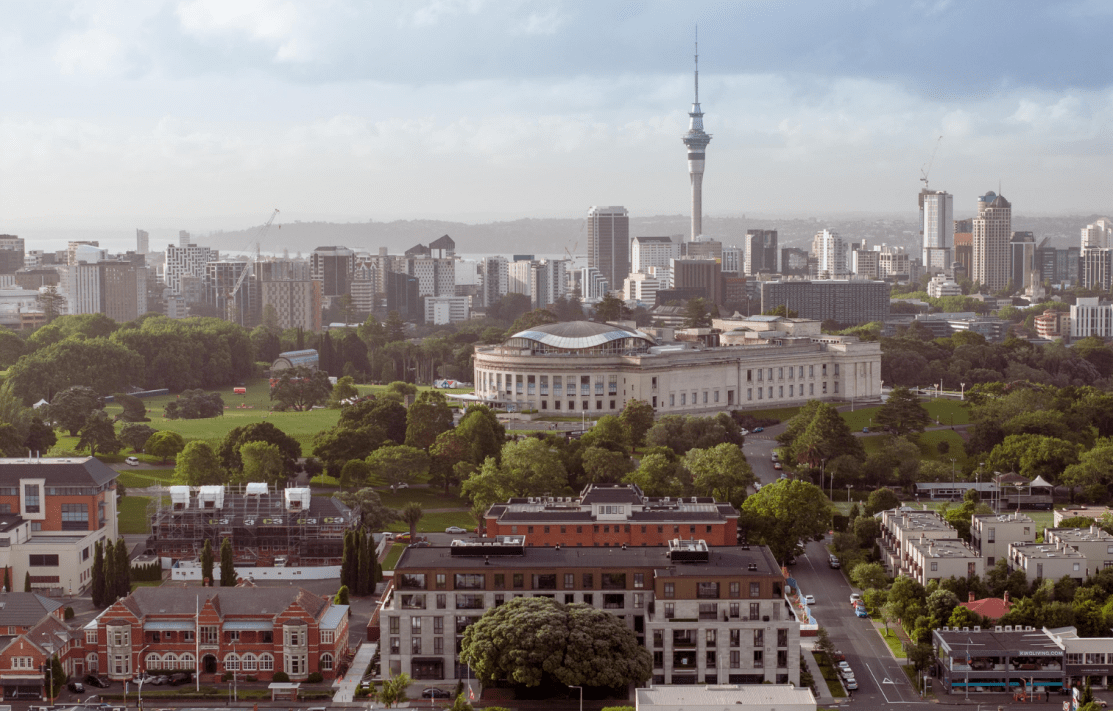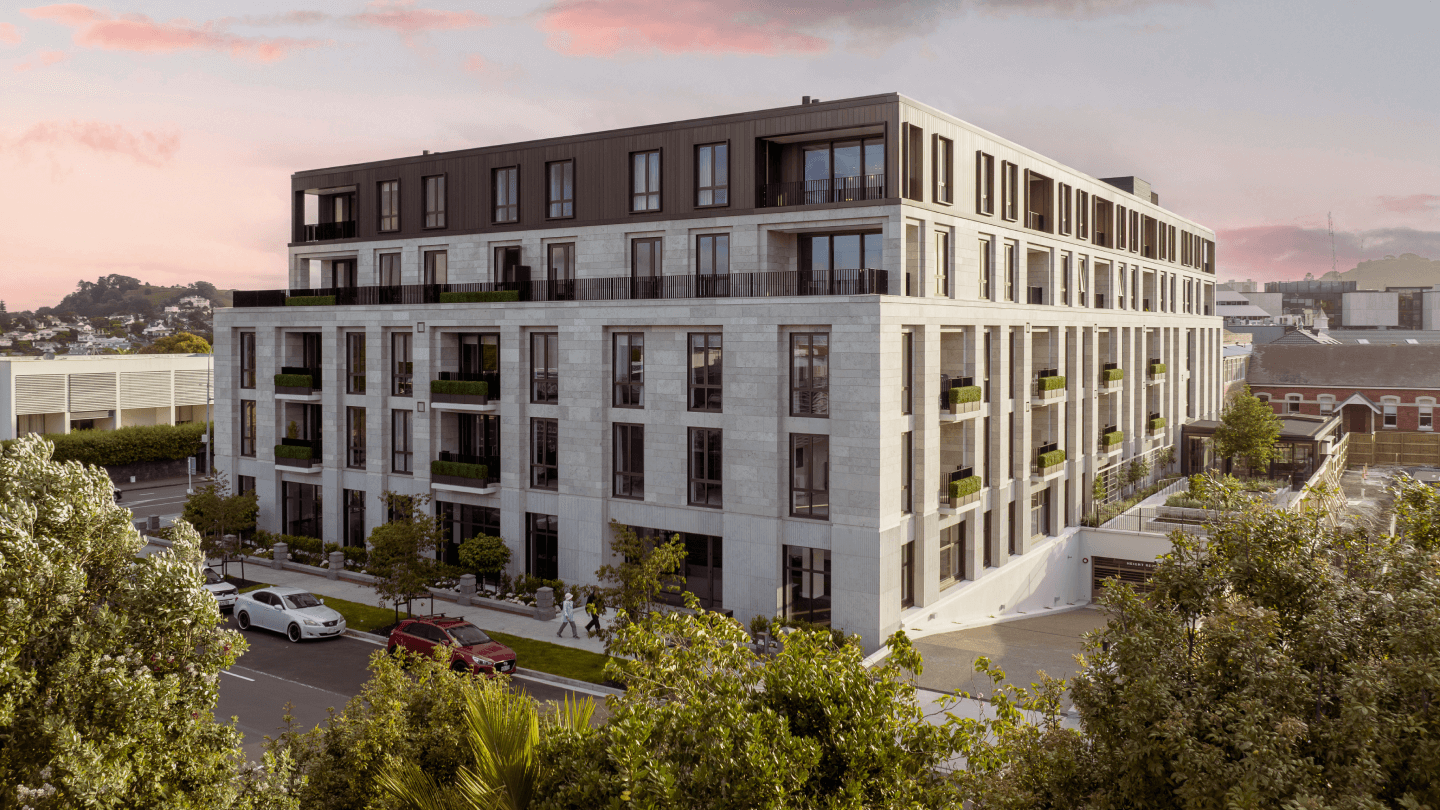
Pōhutukawa: A New Zealand’s Iconic
General News
18th Mar 2025
Pōhutukawa (Metrosideros excelsa) is one of New Zealand’s most iconic native trees. Endemic to the country, it is a distinctive, multi-stemmed tree that can grow up to 25 metres high. Once forming nearly continuous forests along the northern coasts of New Zealand, pōhutukawa is closely associated with the summer months, blooming around the Christmas season, and has become a symbol of celebration.
In Māori culture, pōhutukawa is a sacred and revered tree, deeply woven into oral history and tradition. It holds immense cultural significance and is often considered a marker of important sites. Many of the surviving pōhutukawa trees are regarded as tapu (sacred).
Pōhutukawa has historically used for a variety of purposes. Māori harvested its leaves and bark for medicinal use, and its durable wood was employed to craft tools, weapons, and boats. The tree’s bright flowers also attracted native birds, which were often caught.
However, during the early colonial period, the tree was heavily exploited. The destruction of coastal forests, combined with fires and land clearance for agriculture and settlement, led to the loss of around 90% of New Zealand’s original pōhutukawa forests. The ongoing decline of the species continues today, exacerbated by browsing damage from introduced pests, such as the brushtail possum.
In recent years, there has been growing concern over the tree’s continued loss. As a result, increased efforts have been made to protect and manage pōhutukawa, focusing on planting new trees and conserving existing stands.
In urban areas like Auckland, pōhutukawa plays an important role in the landscape, with notable trees often considered landmarks. One of the largest pōhutukawa trees in the country stands in Dove-Myer Robinson Park (also known as the Parnell Rose Gardens). The park is home to many other significant pōhutukawa trees.
Nearby, The Foundation, Generus Living’s village in Parnell, is home to a 100-year-old pōhutukawa tree. Robert Fairnie, Senior Development Project Manager at Generus Living, explains,
‘When we began the development of the Nathan Residences, the existing pōhutukawa tree was a key consideration during the design and consenting process to ensure its protection.’
This led to the inclusion of specific conditions in the Resource and Building consents to safeguard the tree.
The design of the Nathan Residences development was specifically tailored around the pōhutukawa, with the building’s L-shaped façade on Parnell Road ensuring it was set back from the tree. To protect the tree’s root structure, hydro-excavation techniques were used for initial investigations, minimising damage to the roots. Sacrificial timber piles were installed to allow for basement excavation without harming the tree, and hard landscaping was carefully avoided around the tree’s drip line.
During construction, mulching and remedial landscaping were carried out to maintain the tree’s health. All work was conducted under the supervision of project and council arborists, with structural supports added to protect the tree’s lower limbs. Ongoing maintenance includes annual trimming by a trained arborist to ensure the tree’s continued vitality.
Through collective efforts, we can ensure pōhutukawa thrives as both a symbol of New Zealand’s heritage and a vital part of its natural landscape.
This article is from the latest issue of Sustainable Retirement Living Magazine - click here to explore the magazine.
Share this article via:

